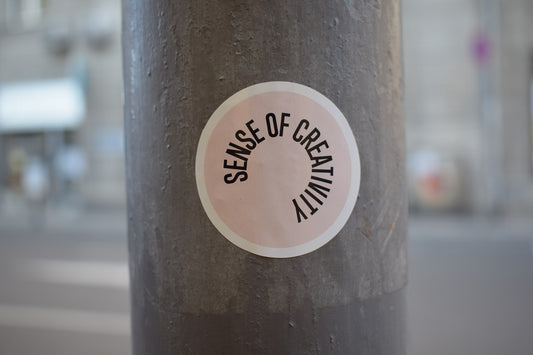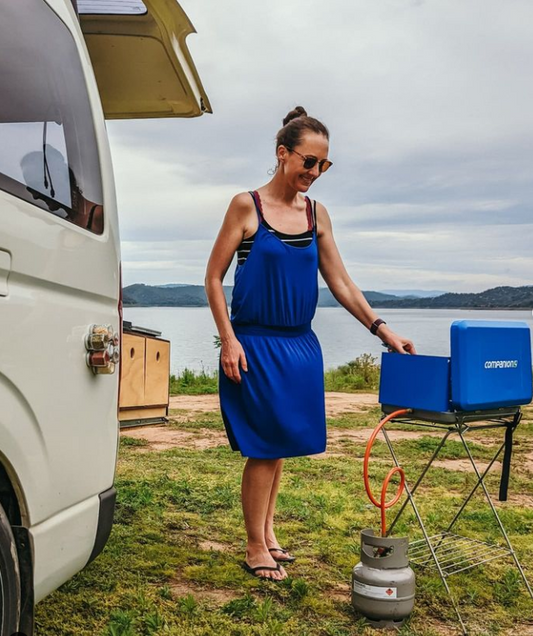
5 min read
Every chef worth their salt knows that a large part of the art of cooking is being able to store and maintain a large and diverse range of herbs and spices. Fresh herbs only last so long and growing them requires time and space. Not to mention that with fresh herbs you're limited by the seasons and climate.
On the other hand, with dried herbs you can maintain your supply wherever you are. Thai basil, pineapple sage or wasabi…Whatever you desire, you can have them all within arm’s reach - at any moment – you just have to be ready to do a little preparatory work.
How do I decide which way to dry my herbs?
When it comes to drying your herbs, there are a number of drying techniques that you can use, you can see our 3 favourite methods here. Whichever method you choose, It pays to be picky!
Take care to select only the freshest, cleanest and healthiest herbs. Soiled and/or damaged herbs will spoil the flavour and even the colour of your dried herbs. By selecting the very best of the bunch, your herbs will be preserved at their aromatic and flavourful peak.
When to Dry Your Herbs?
Anytime is a good time to dry herbs! If you have bought your herbs, then drying them is a good way to avoid having to throw out any excess. It is important to note, drying will preserve the shelf life of your herbs but it won’t rescue herbs that are past their best. If you've got some herbs that have seen better days, you're better off giving them a rough chop and throwing them in a well-dressed salad.
As mentioned in our last blog, If you grow your own herbs and have a surplus in the garden, then drying what you haven’t already used is a good way to make sure you maximise your garden’s yield. Especially, if you are entering the cold and/or rainy months in your part of the world.
So, harvest or use up those excess herbs and dry them in your oven!
Preparing Your Herbs for Oven Drying
Before you get down to the oven drying, you will need to do a little preparation. For large leaf herbs, like mint, basil or parsley, make sure you remove the leaves from the stalk. For small leaf herbs like thyme or rosemary it’s best to leave them on the stalk and then remove the stalks after drying.
Last but not least, you should wash your herbs. Use cold running water to rinse them. Be careful not to bruise your herbs at this stage of the process. Once they’ve been rinsed, carefully place your herbs on a clean piece of paper towel. Very gently sandwich the herbs between two pieces of paper towel to soak up any of the excess moisture.
Drying Your Herbs in the Oven:
Now you've selected, sorted, and washed your herbs, you're all set to begin the drying process
Step One: Preheat your oven at the lowest temperature.
The first step will be to set your oven to the lowest temperature possible. It shouldn’t be any hotter than 180 Fahrenheit or 82 Celsius. Remember, you're aiming to dry the herbs not cook the
Step Two: Line a large baking tray with baking paper
Line a large oven tray with parchment or baking paper then lay your herbs out on the paper making sure to do so in a single layer and without any overlapping. Giving your herbs enough room is important if you want them to dry evenly and consistently. Leave the herbs to dry for one hour, returning to turn them at the 30-minute mark.
Step Three: Ventilate your herbs
If you have an electric oven, it is a good idea to leave the oven door ajar. This will prevent the oven from getting too hot and burning your herbs.
If you have a gas oven, DO NOT leave the oven door open - this could potentially be very dangerous.
If using a gas oven, you can ventilate your herbs by simply opening the oven door intermittently or every 5-10 minutes to allow some air to flow through. This is a little bit more hands-on but will ensure your herbs retain their flavour and aromatics.
Storing Your Oven-Dried Herbs
Once dried, remove herb leaves from stalks where necessary and place them in a bowl. Crush the herbs between your fingers until you reach the desired consistency.
You could use a pestle and mortar for this part of the process, this will result in a much finer consistency -almost like a powder. If you want your dried herbs to have some texture and colour, then crushing them using the between-the-finger method is best.
There is no rule against storing your dried herbs whole. Whole dried herbs can be used in cooking or as an impressive garnish to finish a meal. Storing herbs whole will preserve their flavour slightly longer than if they are crushed.
Having said that, whole herbs are less convenient for cooking. Either way, to ensure maximum shelf life and flavour retention you need to keep your dried herbs in an airtight container and store in a cool dry place
So there you have it! Oven dried herbs have you on the way to becoming a world class chef, or at least a very capable cook!



